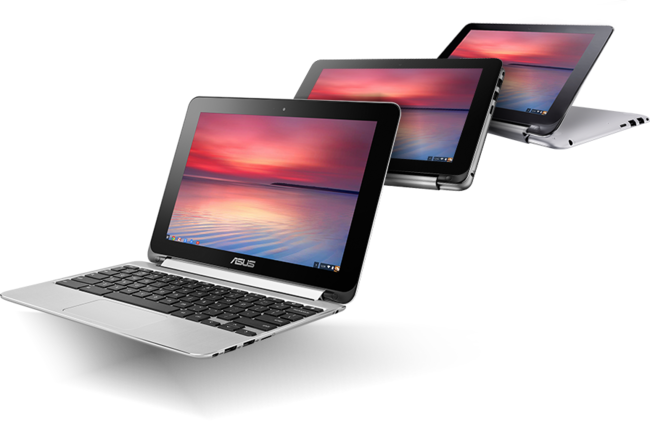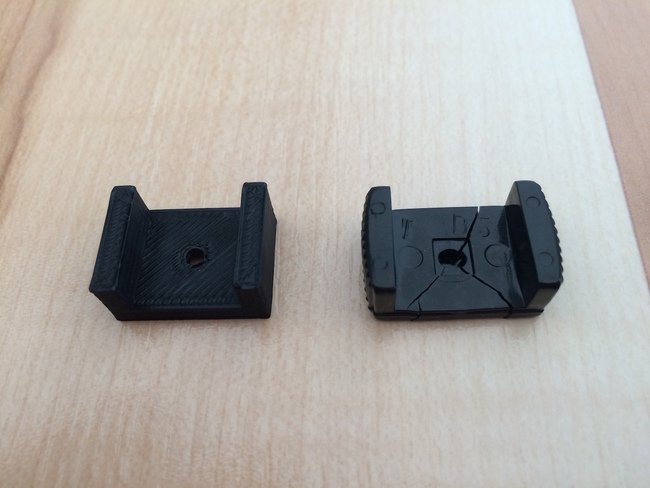Debugging load cells and HX711
I’m working on a system to determine how long it takes to air dry laundry. As the fabric dries, it becomes lighter. The idea is to measure the weight of drying laundry and when it stops decreasing you know it is dry.
Enter: the load cell. Load cells convert force measurements (such as weight) into electrical signals. They’re found in most digital kitchen scales. If we can hang a piece of laundry from the load cell and feed the reading to a computer, we’ll be able to get the data we’re after.

Image from http://2.bp.blogspot.com/
I decided to use a strain gauge load cell because it can measure hanging force easily, and it’s cheap and plentiful on Amazon.com. Grab a volt meter and a variable power supply and lets demonstrate how a load cell works.

Reading a load cell
A load cell comes with four wires. Red and black wires for voltage in and ground (5-10V). Two additional wires...


